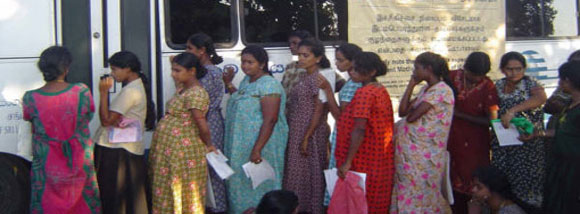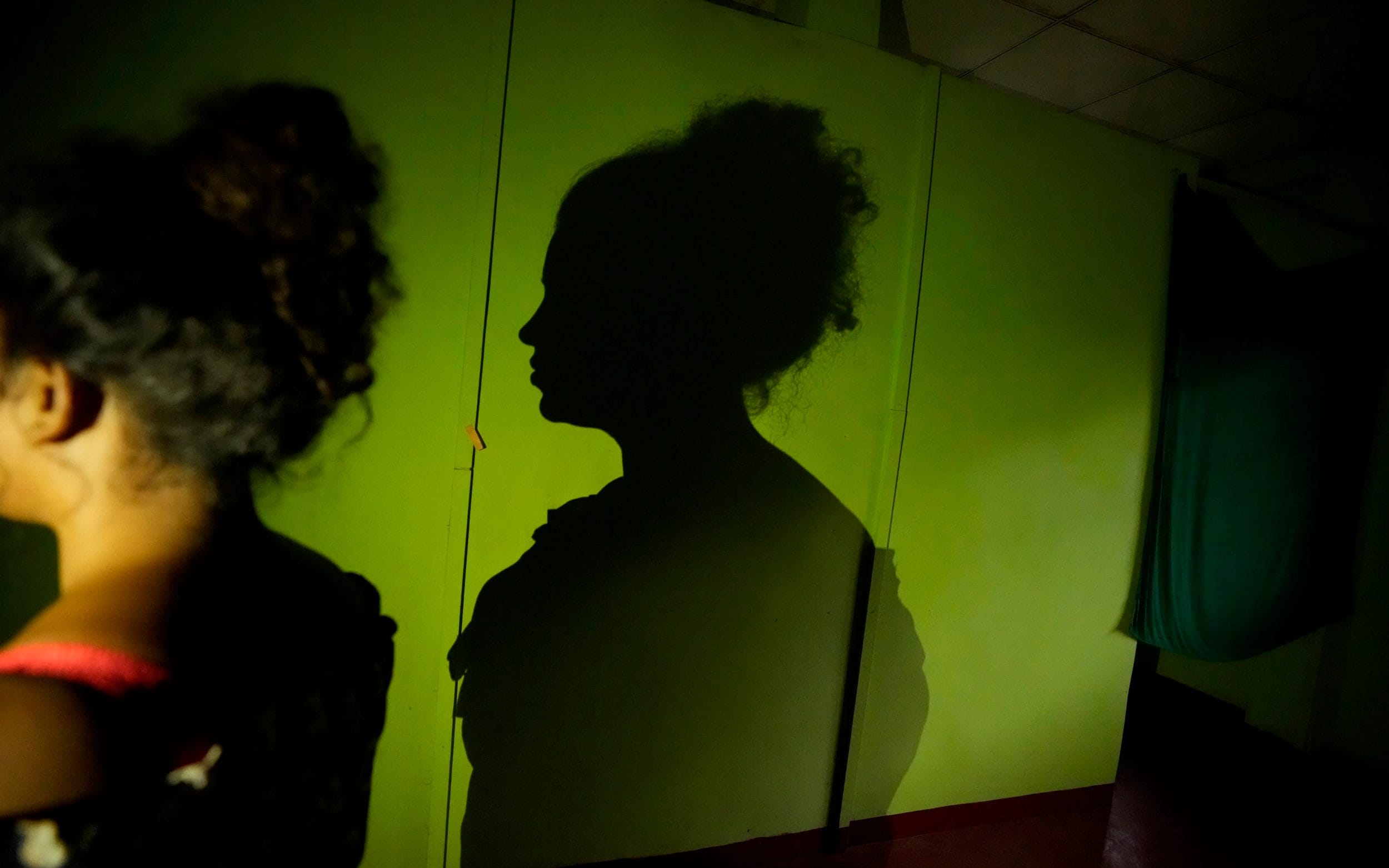Shocking Miscarriage Rates Worldwide – What Every Expecting Parent Needs to Know!
Miscarriage, defined as the loss of a fetus before 24 weeks of pregnancy, remains a significant concern for maternal and child health worldwide. In Sri Lanka, pregnancy-related complications have led to a decline in birth rates, with figures dropping from 319,000 in 2019 to 247,900 in 2023. Understanding the causes of miscarriage and implementing preventive strategies can help reduce pregnancy loss and improve outcomes for mothers and babies.

Causes and Risk Factors
Several factors contribute to miscarriage, including:
Genetic Abnormalities: The most common cause, genetic defects prevent normal fetal development.
Maternal Health Conditions: Chronic illnesses such as diabetes, hypertension, and thyroid disorders increase the risk.
Infections: Certain bacterial and viral infections can lead to fetal loss.
Environmental and Lifestyle Factors: Exposure to radiation, harmful chemicals, smoking, alcohol, and drug use can negatively impact pregnancy.
Age and Reproductive History: Women above 35 years or those with a history of previous miscarriages are at higher risk.
Preventive Measures
While some pregnancy losses are unavoidable, the World Health Organization (WHO) suggests that many miscarriages and stillbirths can be prevented through:
Regular Prenatal Care: Early detection of complications through routine checkups.
Healthy Lifestyle Choices: A balanced diet, regular exercise, and avoiding harmful substances.
Management of Underlying Health Conditions: Proper control of diabetes, hypertension, and thyroid disorders.
Folic Acid and Nutritional Supplements: Reducing congenital defects through adequate prenatal vitamins.
Stress Reduction and Mental Well-being: Reducing anxiety and depression can improve pregnancy outcomes.
Comparing Global Figures
The miscarriage rate varies significantly across countries due to healthcare access, maternal health, and socio-economic factors.
Sri Lanka: Reports approximately 1,600 stillbirths annually, with 35% due to congenital deformities. Additionally, 4,000–5,000 babies are born each year with birth defects, of which 900–1,000 do not survive their first year.
United Kingdom: Estimates suggest that 1 in 4 pregnancies end in miscarriage, with about 1 in 200 resulting in stillbirth.
United States: Miscarriage rates range from 10-20% of known pregnancies, and approximately 24,000 stillbirths occur annually.
India: Reports high neonatal mortality, with around 300,000 stillbirths annually, primarily due to inadequate prenatal care.
Scandinavian Countries: Have some of the lowest miscarriage and stillbirth rates, largely due to strong maternal healthcare systems and early interventions.
Coping with Pregnancy Loss
Experiencing a miscarriage can be emotionally and physically challenging. Healthcare providers emphasize the importance of:
Medical Support: Proper post-miscarriage care to prevent complications.
Emotional and Psychological Counseling: Support groups and therapy can help individuals process grief.
Family and Social Support: Encouraging open conversations with family and friends.
Future Pregnancy Planning: Consulting healthcare professionals before attempting another pregnancy.
Conclusion
Reducing the risk of miscarriage requires a multifaceted approach, including improved healthcare access, early detection of risks, and lifestyle modifications. While some pregnancy losses are unavoidable, global statistics indicate that a significant number can be prevented with better maternal health policies and increased awareness. Supporting women emotionally and medically post-miscarriage is crucial in helping them navigate the challenges of pregnancy loss and plan for future pregnancies effectively.







